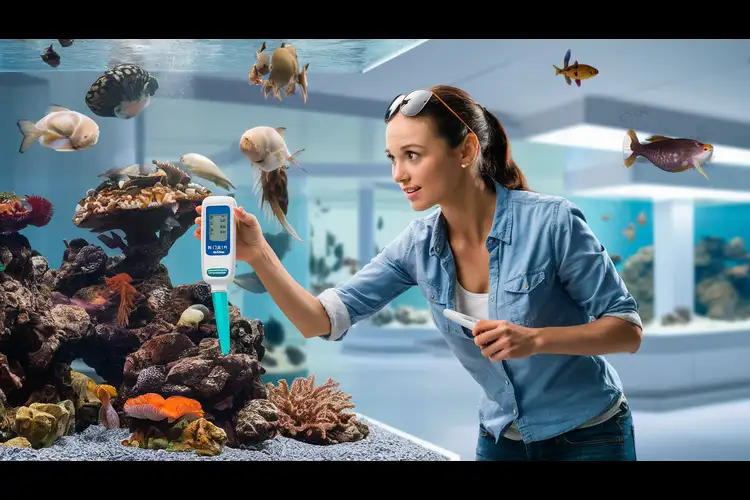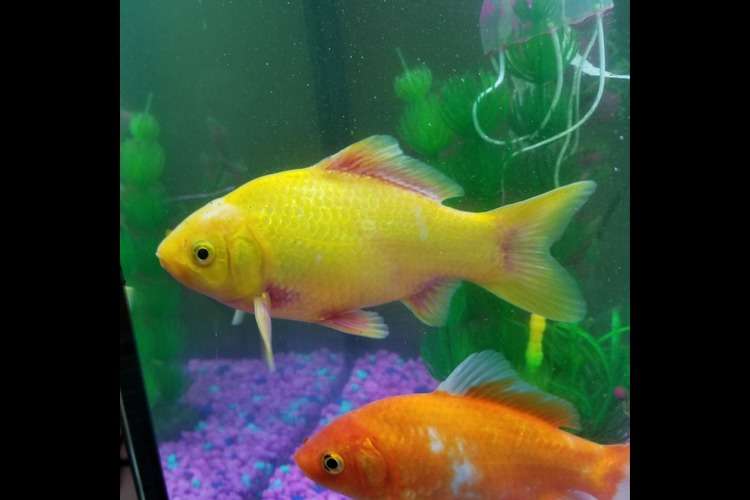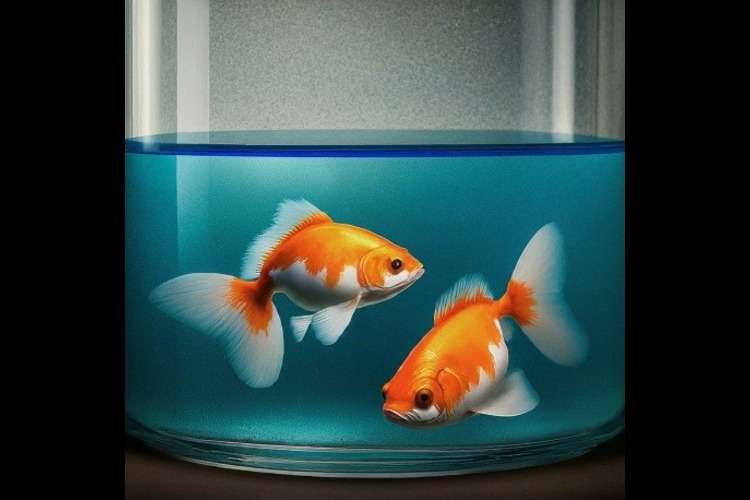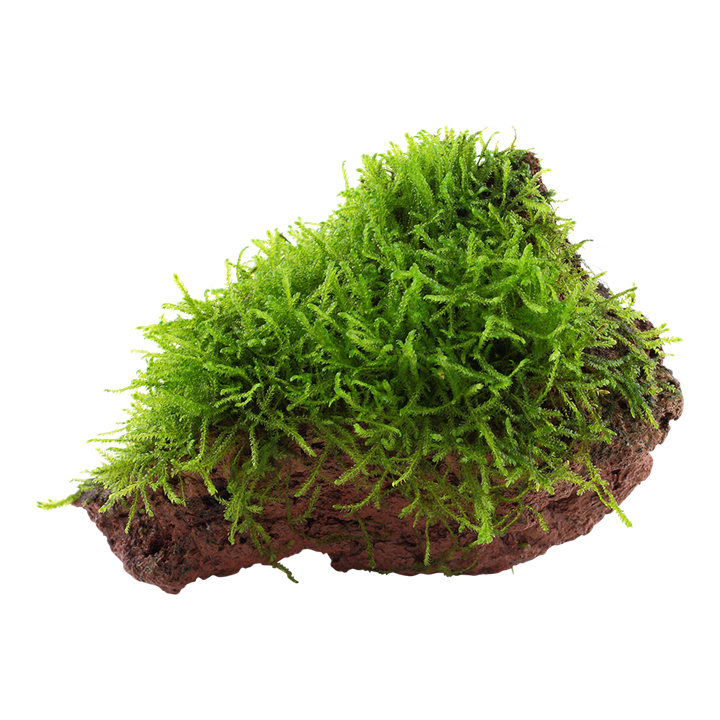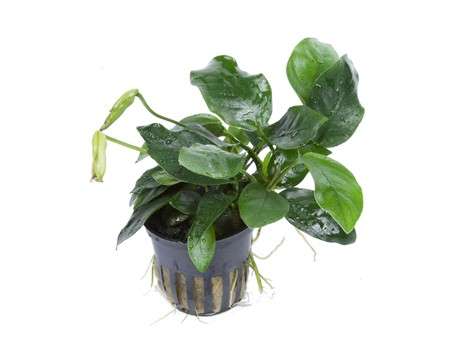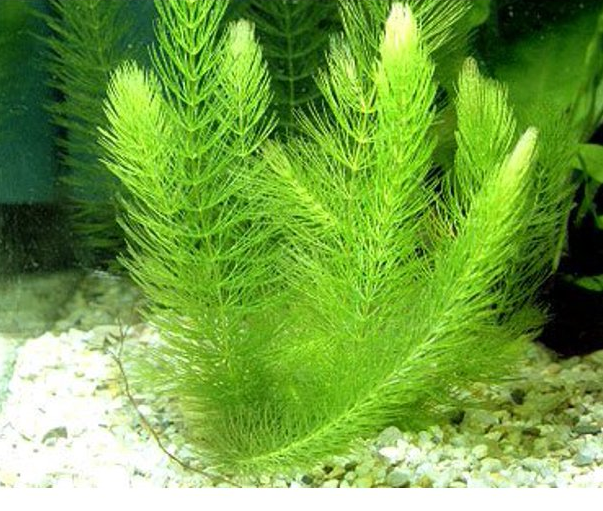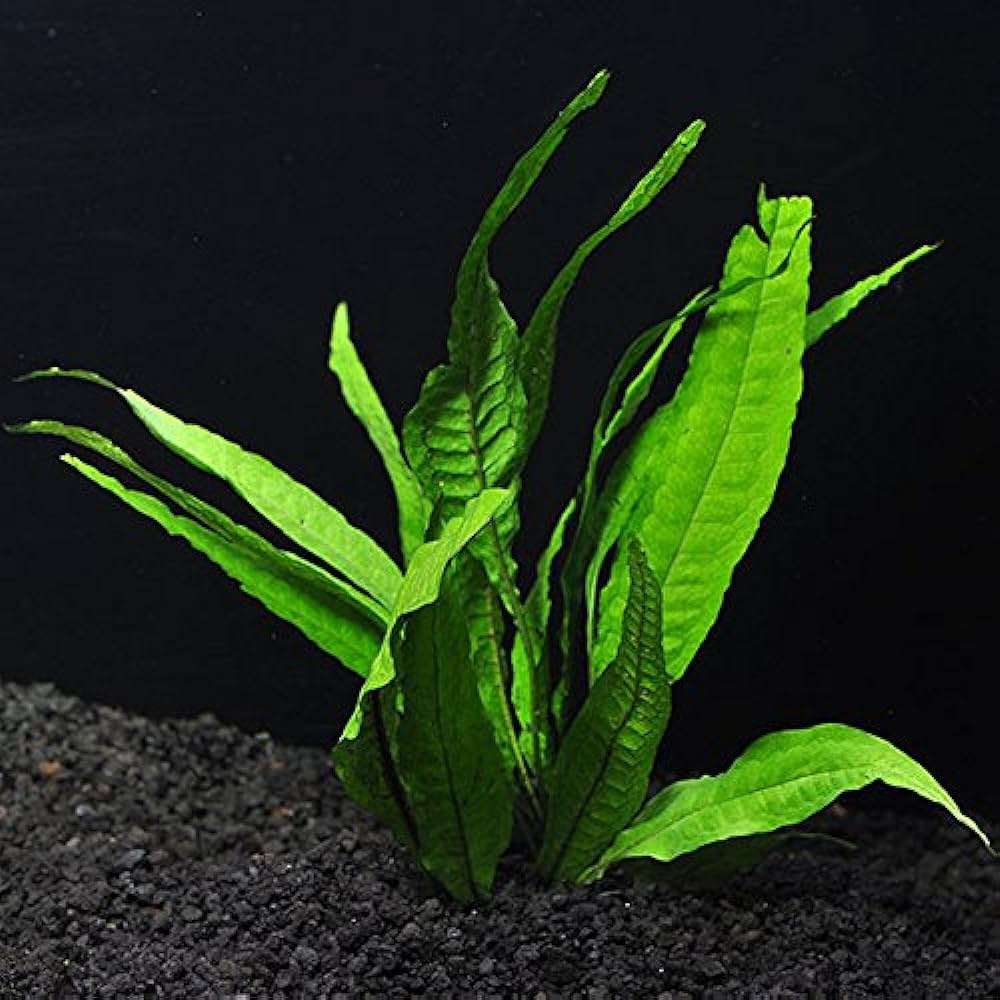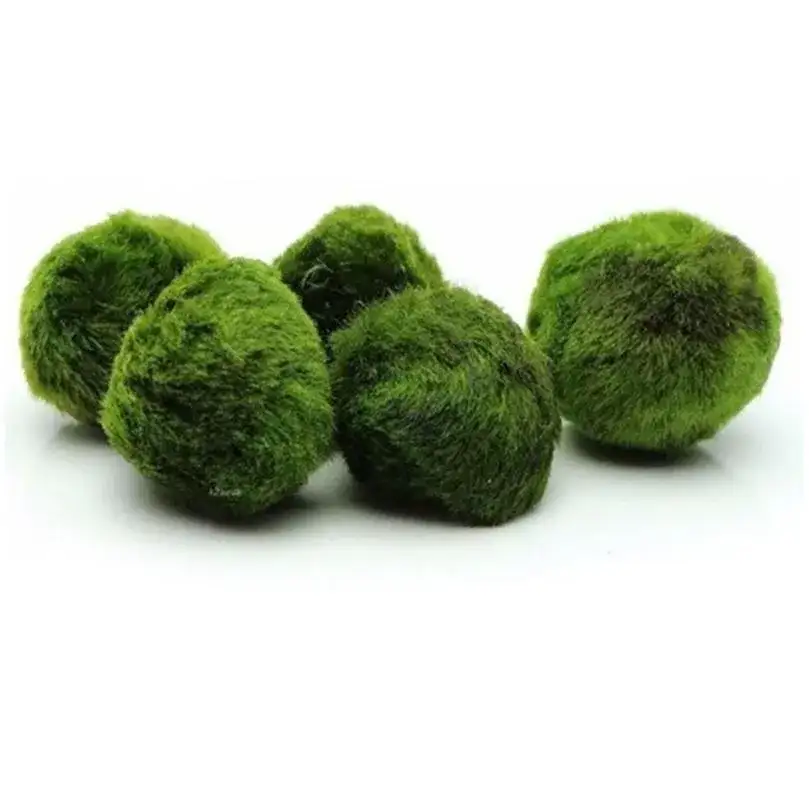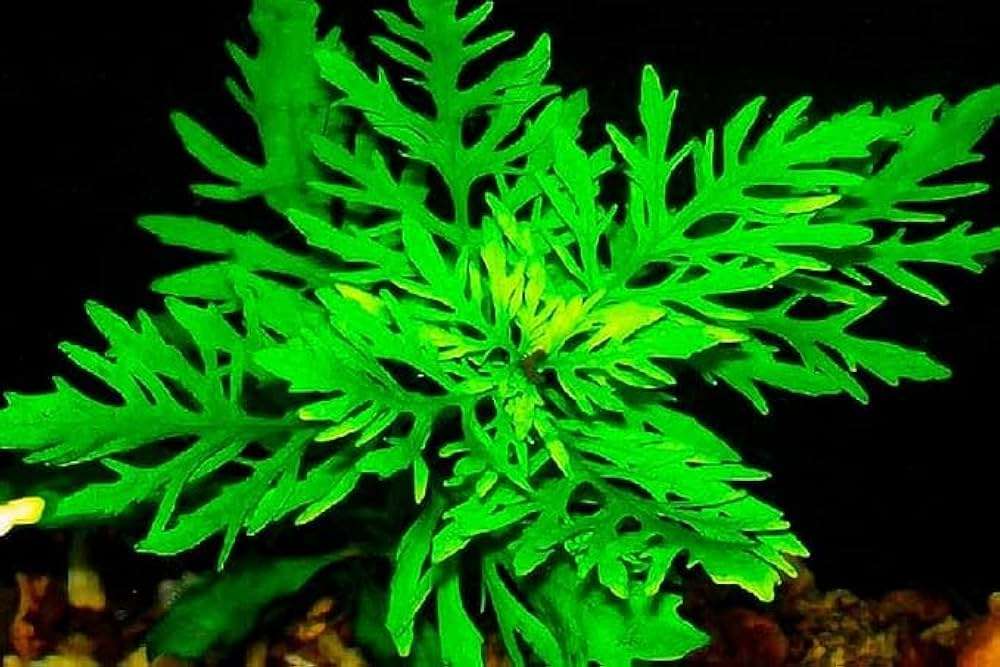Do’s and Don’ts for a Healthy Aquarium Complete Fish Care Guide
Learn essential do’s and don’ts for a healthy aquarium. Discover how to keep your fish safe, avoid stress, prevent diseases, and maintain clean water. Perfect guide for beginners and fish lovers.
Table of Contents
- Deodorant, Perfume, and Mosquito Repellents Sprays Should Not Be Used Around the Aquarium
- Don’t Place the Aquarium Near the TV or Loudspeakers
- Don't Keep Aquarium in Direct Sunlight
- Don't Place Dirty Hands in Tank
- Always Feed Fish with a Spoon or Feeder
- Keep the Aquarium Base Strong and Stable
- Don't Keep Aquarium on a Normal Table
- Faq
- Conclusion
Aquarium care is an interesting and relaxing pastime requiring probing attention. Fish are fragile creatures, literally living in the water, and almost anything touching or surrounding the fish will be harmful to them. Any blunder however small or anything inconsequential that you might have overlooked, say spraying perfume or putting the tank under a ray of sunlight might give rise to greater troubles.
This guide covers the do's and don'ts on a few of the most important aspects of keeping a healthy aquarium and ensuring that your fish live long and stress-free.
Deodorant, Perfume, and Mosquito Repellents Sprays Should Not Be Used Around the Aquarium
Most people are unaware of how deadly sprays can be to fish. Odors from deodorant, perfume, room fresheners, mosquito repellents, and hair sprays fill the air, and the tiny droplets precipitate everywhere, including into your aquarium.
Fish take in oxygen by passing water over their gills, and such chemicals are quite toxic to them. Even a few droplet that go unnoticed and become invisible can wreak havoc.
What happens to fish?
• Gas exchange should be affected with the irritation of gills, with fishes swimming erratically or gasping at the surface.
• Fishes may become weak, restless, or may stop eating altogether.
• In extreme cases, fish may die due to poisoning.
Example
Probably, standing next to the aquarium spraying perfume seems harmless; however, the tiny droplets now might settle on the water surface. Within a few hours, fishes may exhibit unusual swimming patterns, lethargy, or even loss of appetite.
What to do instead
• Perfumes, sprays, and deodorants should be sprayed in some room away from the fish tank.
• If spraying is done in the same room, then the lid of the aquarium must be tightly fitted on.
• Mosquito repellents, cleaning sprays, or hair sprays should be kept at a sweeping distance from the fish tank.

Don’t Place the Aquarium Near the TV or Loudspeakers
Fish do not listen with human ears, but vibrations disturb them a lot. Loud noises or heavy-bass music are one of the factors that enhance stress; even a continuous hum from the TV or speaker is a cause of stress. Stress suppresses the immune system and alters fish behavior.
What happens to fish?
• Fish may lose their appetite and appear lethargic.
• Stress can make them prone to infections and diseases.
• Some fish may hide behind plants or decorations constantly.
• Brightly colored fish may lose their vibrant colors.
Example
A living room with a large aquarium next to a home theater looks stylish, but constant vibrations disturb the fish. Over time, they may become weak, hide all the time, or even die sooner than expected.
What to do instead
• Choose a quiet, peaceful corner to set up the aquarium, where noise is minimal.
• Place the tank away from the loudspeakers and TV system.
• Gentle background noise is okay, but avoid sudden or prolonged loud sounds.

Don't Keep Aquarium in Direct Sunlight
Sunlight apparently seems natural and healthy, but direct exposure rather causes more trouble than benefit. Sunlight heats water quickly during the day and cools it rapidly at night, producing a very harmful temperature fluctuation. Sunlight also encourages algae growth, thus turning the water dirty and green.
What happens to the fish?
• Warm water holds less oxygen to enable adequate respiration by the fishes.
• Rapid changes in temperature may shock the fishes, making them sick or killing them.
• Algal blooms block out light, consuming oxygen and suffocating the fish.
Example
A tank near a sunny window may look beautiful in the morning, but come afternoon, temperatures would have risen leaps and bounds, thus stressing the fish. In a matter of days, the glass would be completely covered by the green algae, making the work of maintaining the tank all the more difficult.
What to do instead
• Keep the aquarium in a shaded place where there is no direct sunlight.
• Use properly made aquarium lights to simulate a natural day-night cycle.
• Turn on the lights for 8-10 hours a day, turning them off at night for equilibrium.

Don't Place Dirty Hands in Tank
Our hands carry oils, lotions, soaps, sanitizer, and dust. When these substances enter the aquarium, they disturb the water chemistry and render it unfit for its inhabitants. Even tiny concentrations can set to work infections and therefore make the water dirty.
What happens to the fish?
• An infection can develop on the fishes' skins or fins.
• Gill damage from any chemicals would hinder their breathing.
• It pollution increases the frequency by which water changes would be required.
Example
Adjusting a plant in the aquarium after washing your hands with soap even without rinsing well can introduce harmful residues. Fish may show stress behaviours within hours, and water may become cloudy over the next few days.
What to do instead
• Prior to touching aquariums, wash hands well using plain water without soap.
• Make sure to rinse the hand thoroughly to eliminate chemical contaminants.
• Utilize nets, tweezers, or scrapers when moving decorations or performing general cleaning inside the tank.
Always Feed Fish with a Spoon or Feeder
Feeding fish by hand invariably leads to introducing dirt and oil into the water and usually entails overfeeding. Leftover food sinks, decomposes, and adds to tank pollution.
What happens to fishes?
• Overfeeding leads to bloating, digestive problems, and death in extreme cases.
• Decomposing food releases toxic gases and bacteria.
• Dirty water increases maintenance and possibly stress on fish.
Example
Feeding by hand seems easy, but excess food sinks to the bottom where it rots. The water becomes murky, and fish begin to swim lazily or even become sick.
What to do instead
• Feeding should be accomplished with a small spoon or an automatic fish feeder.
• Serve food that can be consumed by the fish within two to three minutes.
• Fish should be fed on a routine schedule for good health.

Keep the Aquarium Base Strong and Stable
The aquariums are weighty when filled with water, gravel, and decorations. A shaky or uneven base is stressful for the fish and increases the chance of a crack or leak.
What happens to fish?
• Constant shaking gives nerve and stress to fish.
• An unstable tank may leak or break.
• When a tank falls, it can be fatal for fish and dangerous for your house.
Example
A 50-liter tank amounts to over 60 kg of weight. Place it on weak ground or slightly tilted, and slowly but surely the stress increases in its glass walls until one day it unexpectedly cracks.
What to do instead
• Provide a strong, flat, and level base exclusively for supporting the aquariums.
• Fit the tank with a foam or rubber mat bottom, so that it absorbs any vibrations.
• Never dabble with the quality of the stand-it is the safety of enjoying your fishes, plus it saves your house.

Don't Keep Aquarium on a Normal Table
Normal dinner tables and study tables would not have been made for the weight of an aquarium. Even if it appears stable, some legs may weaken as time passes, and a sudden movement or someone leaning on it may cause the tank to topple.
What happens to fish?
• A tank toppled from a table can instantly kill or injure fish.
• Water and glass can create a dangerously messy situation, risking injury to human beings and pets alike.
Example
It may seem fine to keep a 20-gallon tank on a table, but months later it may collapse unexpectedly without warning.
What to do instead
• Make use of a proper aquarium stand or cabinet at all times.
• Check to see if the stand is strong, whether it is made of wood or metal, and confirm that such a stand is meant to hold tanks.
• You should match the size and weight capacity of your stand with your aquarium.

Faq
1. Can I spray perfume, deodorant, or mosquito repellent near my fish tank?
No. Even tiny droplets can enter the water and harm your fish, affecting their gills, appetite, and overall health. Always spray in another room or make sure the tank lid is tightly closed.
2. Will loud music, TV, or speakers stress my fish?
Yes. Fish feel vibrations and loud noises stress them, reduce appetite, make them hide, and increase the risk of diseases. Keep the tank in a quiet spot with minimal disturbances.
3. Is it okay to place my aquarium in direct sunlight?
No. Sunlight heats water rapidly, causes temperature fluctuations, and encourages algae growth. This can suffocate your fish and make maintenance harder. Keep the tank in a shaded area and use aquarium lights for day-night cycles.
4. Can I put my hands in the tank without washing them?
Avoid it. Oils, soaps, lotions, or residues on hands can pollute water and cause infections. Always wash hands with plain water or use tools like nets and tweezers when handling decorations or fish.
5. Is it safe to feed fish directly by hand?
Feeding by hand may introduce dirt and lead to overfeeding, which causes bloating and poor water quality. Use a spoon or automatic feeder and feed only what they can eat in 2–3 minutes.
6. Why do I need a strong and stable base for my aquarium?
A filled tank is heavy and can crack or leak if the base is unstable. A strong, level stand with a rubber or foam mat absorbs vibrations and ensures the safety of fish and home.
7. Can I keep my aquarium on a regular table?
No. Ordinary tables are not made for the weight of a filled aquarium. Use a proper aquarium stand or cabinet that matches the tank’s size and weight.
8. How do I prevent my fish from getting stressed?
Keep the tank in a quiet, shaded area, avoid sudden noises, maintain stable water temperature, and handle fish minimally. Feeding on a schedule and providing a safe environment also reduces stress.
9. Why is algae growth harmful?
Algae blocks light and consumes oxygen in the tank, reducing water quality. It stresses fish and makes cleaning harder. Avoid direct sunlight and maintain a balanced feeding schedule to control algae.
10. Can small mistakes really harm my fish?
Yes. Even minor actions like spraying perfume, touching water with dirty hands, or placing the tank in sunlight can stress fish, reduce immunity, and sometimes lead to death. Consistent care is essential.
11. How often should I clean or maintain the aquarium?
Regular maintenance depends on tank size and fish type. Remove leftover food, check water quality, and clean decorations and substrate to prevent toxins and infections.
12. Are all fish sensitive to noise and vibrations?
Most fish are sensitive to vibrations and sudden sounds. Some species may tolerate it better, but minimizing loud sounds is always safer for a healthy aquarium.
13. Can improper feeding harm my fish?
Yes. Overfeeding or feeding dirty food can lead to digestive problems, water pollution, and even death. Feed the right quantity and remove uneaten food promptly.
14. Why should I use a lid on my aquarium?
A lid prevents chemicals, dust, or objects from entering the water, reduces evaporation, and keeps fish from jumping out. Always keep it tightly fitted during sprays or cleaning nearby.
15. What are the key habits for a thriving aquarium?
Feed fish carefully, keep the tank stable, avoid direct sunlight and loud noises, use clean hands/tools, maintain water quality, and follow a consistent routine. These small habits ensure healthy, stress-free fish.
Conclusion
Fish are gentle and fragile creatures that rely on us entirely for care and protection; even small mistakes, like spraying perfume near the tank, putting dirty hands in the water, or keeping the tank in sunlight, may cause stress, illness, or death. One can have good environmental surroundings to fish by bringing about such a little good habit like that of feeding with a spoon, keeping a strong and stable base, and keeping the aquarium in a quiet, shaded place. A thriving aquarium is not only about clean water, nice decorations; it takes consistent care and attention on a daily basis, and the dos and don't will certainly help your fish to live longer, more vibrantly, and give you eternal peace and joy.


